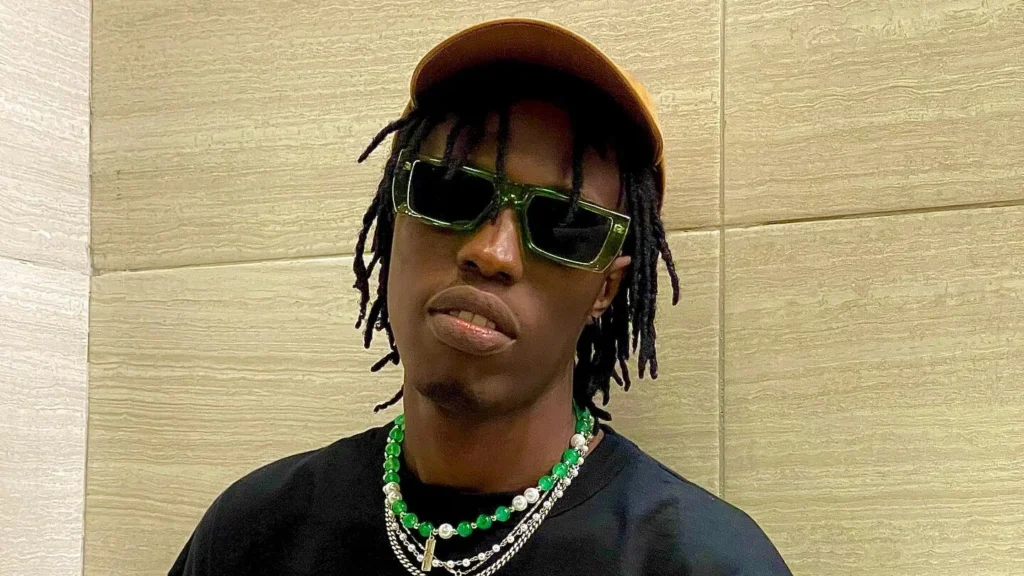The music industry is often romanticized as a realm of creativity, passion, and artistic expression.
However, behind the glittering facade lies a harsh economic reality: making a living from music is an uphill battle for most artists.
While there are exceptions, most musicians find that their financial viability hinges on crossing a specific threshold—fanbase, revenue streams, or industry recognition.
Ghanaian artist, J.Derobie, has revealed that the Ghanaian music industry does not provide consistent income until an artist reaches a certain level of success.
The ‘Poverty’ hitmaker established that the perception of musicians earning a steady income can be misleading, especially for those who have not broken into the industry’s top tier.
“The music business can be very lucrative, but it doesn’t guarantee daily income. You need to keep working and pushing yourself.”
J.Derobie
The music industry has undergone significant transformations over the last two decades, particularly with the advent of digital technology and streaming platforms.
While these changes have democratized music distribution, they have also fragmented revenue streams and made it more challenging for artists to monetize their work effectively.
Services like Spotify, Apple Music, and YouTube have become the primary means of music consumption. However, the per-stream payout is notoriously low, often amounting to fractions of a cent.
For many artists, live performances represent their most significant income source. However, securing gigs is challenging, especially for those who are not yet well-known. The cost of touring—travel, accommodation, and production expenses— also eats into profits.
Selling merchandise is a lucrative revenue stream, but it requires an established fanbase willing to buy products. Artists often need to invest upfront in inventory, which is risky.
Getting music featured in films, commercials, or TV shows provides substantial income, but these opportunities often go to more established artists or those with industry connections.
Thresholds to Financial Viability in the Music Industry

The major threshold is establishing a dedicated fanbase. This often requires years of hard work, networking, and marketing.
Artists need to engage with their audience through social media, live performances, and other channels to build a community that supports their work. A loyal fanbase leads to increased streaming numbers, ticket sales, and merchandise purchases.
According to J.Derobie, there is a specific threshold that artists need to cross to fully benefit from the music industry’s financial potential.
“There’s a specific line to cross, and once you do, that’s when you start to reap the awards. Many A-list artists like Mr Eazi have crossed that line, and I believe I’m closest doing the same.”
J.Derobie
He further emphasized the importance of consistency and hard work as the key factors that will help him reach that point.
Achieving recognition—whether through awards, critical acclaim, or media coverage significantly boosts an artist’s visibility and credibility.
This recognition often translates into more opportunities for collaboration, touring, and licensing deals. However, gaining this recognition is often contingent upon already having a certain level of success.
Many successful artists have professional management teams or agents who help navigate the complexities of the music industry.
These professionals provide valuable connections, negotiate better deals, and help strategize an artist’s career path. However, hiring such professionals often requires an initial investment that many emerging artists cannot afford.
As artists grow, investing in high-quality recordings, music videos, and marketing becomes essential. This investment attracts more listeners and enhances an artist’s professional image, but it requires upfront capital that many independent artists struggle to secure.
Role of Technology, Social Media in the Music Industry

In the digital age, technology plays a crucial role in how artists cross these thresholds. Social media platforms like Instagram, TikTok, and YouTube provide artists with tools to promote their music, engage with fans, and build their brand.
Viral moments on these platforms catapult an artist from obscurity to fame overnight, but such opportunities are unpredictable and often fleeting.
Moreover, crowdfunding platforms like Patreon and Kickstarter enable artists to connect directly with their fans, offering exclusive content in exchange for financial support. This model allows artists to generate income while maintaining creative control over their work.
The journey to financial viability in the music industry is fraught with challenges, and the thresholds that artists must cross are not easily defined.
While some achieve success quickly, for many, it requires years of dedication, resilience, and strategic planning.
While the dream of making a living from music is alive and well, it often remains just that—a dream—until artists navigate the complex terrain and reach the necessary thresholds for success.
READ ALSO: Mahama’s Lean Gov’t on Track with OGM Discretionary Spending Cut






















